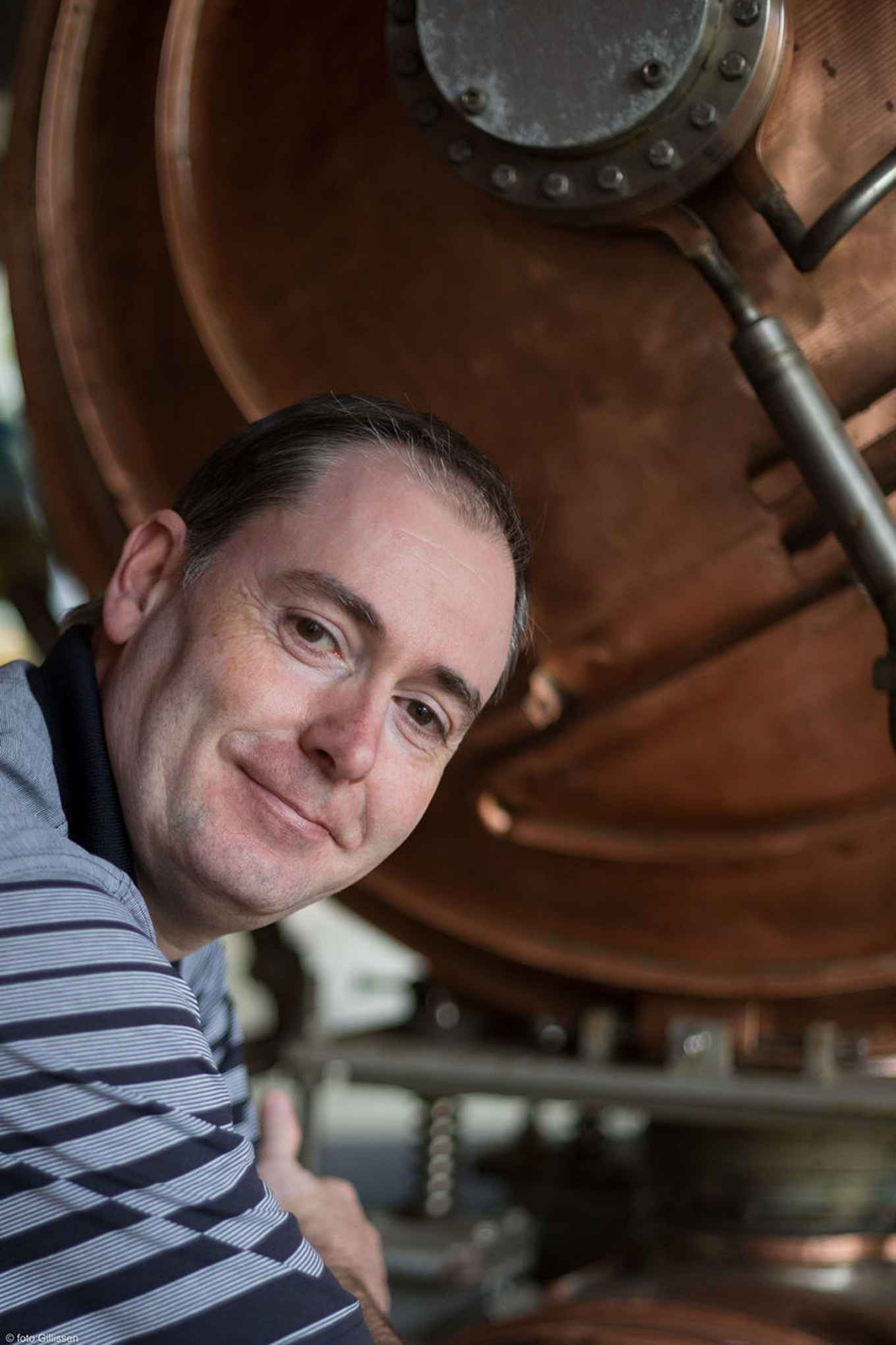Wim Beenakker, professor by special appointment of Experimental High-Energy Physics
26 May 2014

Wim Beenakker researches the characteristics of nature's smallest fundamental building blocks and the manner in which they interact. His research currently focuses on the search for what is known as new physics, a term that refers to phenomena that cannot be described using our current knowledge of particle physics. The emphasis here is on carrying out precise theoretical (quantum mechanical) predictions that can be tested in experiments, such as the experiments currently being performed at the Large Hadron Collider (LHC) in Geneva (Switzerland). The experimental results thus generated can then be used to gain better insight into how the laws of nature operate on the smallest scales, and the concomitant implications for the universe as a whole. Beenakker’s role at the National Institute for Subatomic Physics (NIKHEF) will lie at this boundary between theory and experimentation.
Beenakker has been affiliated with Radboud University Nijmegen since 2001, and has served as associate professor since 2011. He also coordinates the Master’s programme in Experimental and Theoretical High-Energy Physics. He previously worked at Leiden University as a Royal Netherlands Academy of Arts and Sciences (KNAW) researcher, and as a PPARC (Particle Physics and Astronomy Research Council) Advanced Research Fellow at the University of Durham (UK). Beenakker is a board member of the Dutch Research School for Theoretical Physics. His work has been published in scientific journals including the Journal of High Energy Physics, Nuclear Physics, Physics Letters and Physical Review Letters.